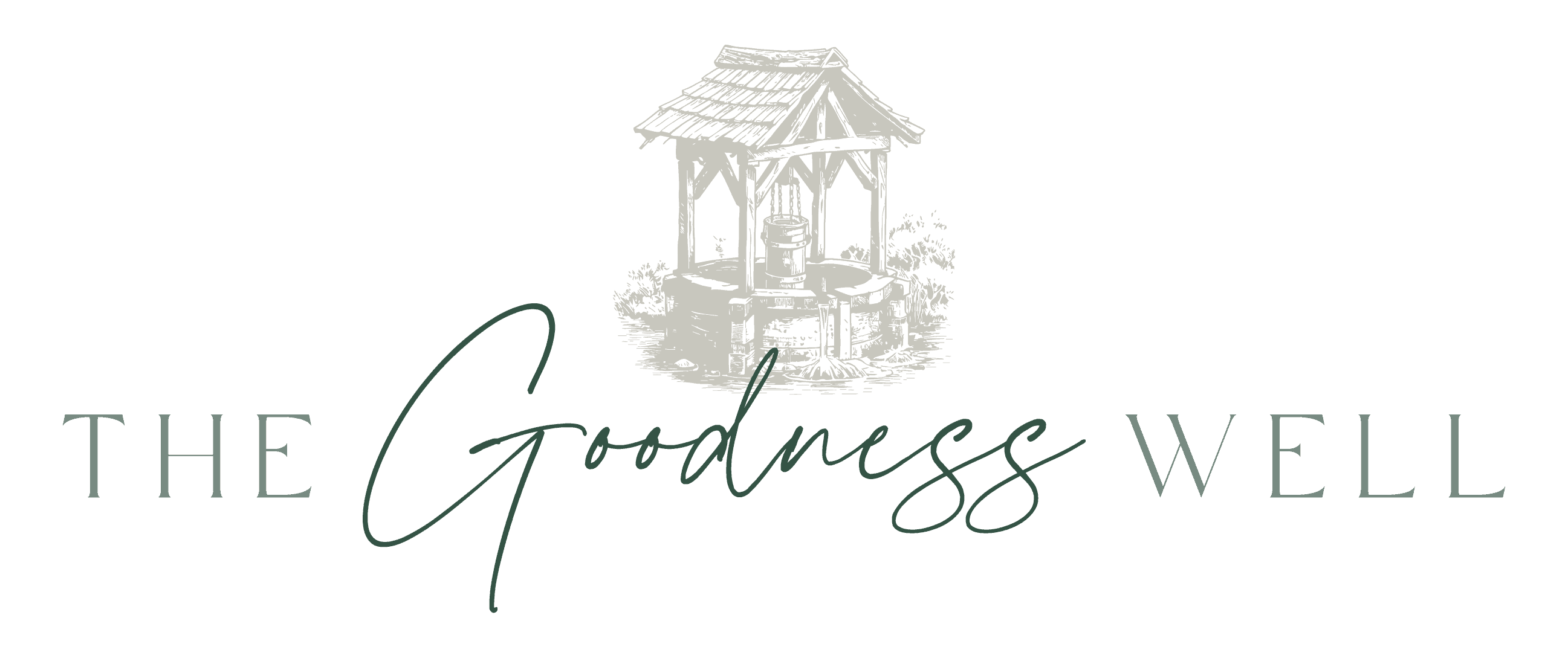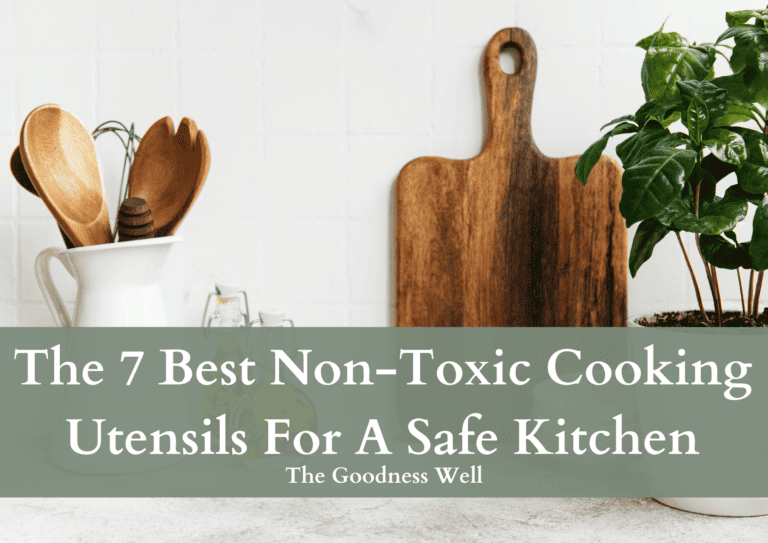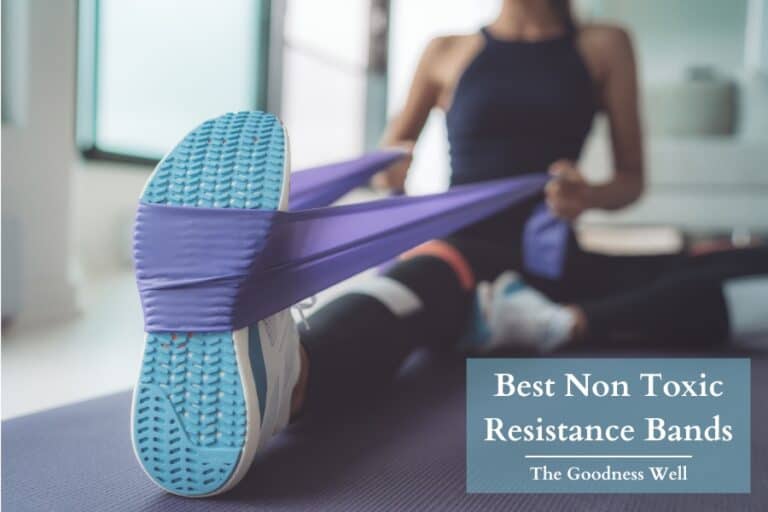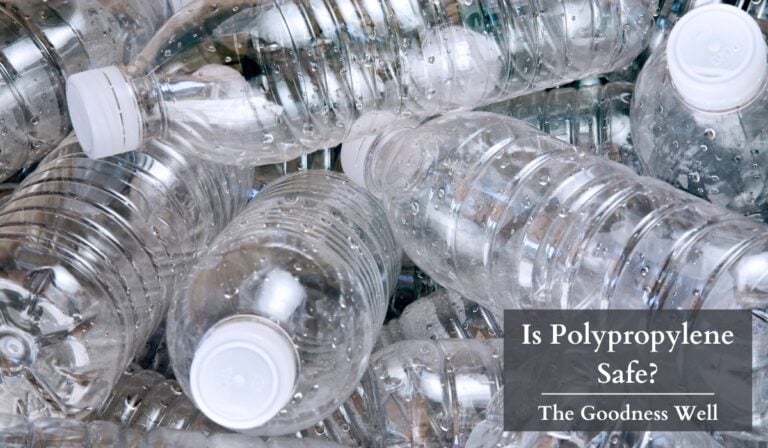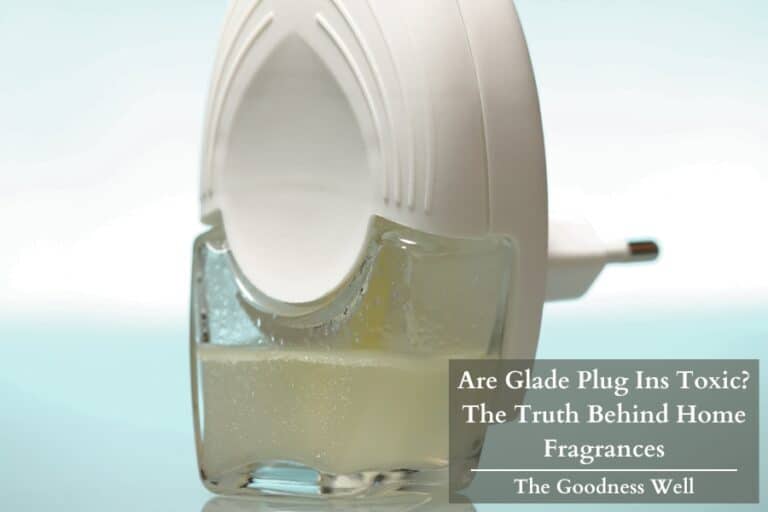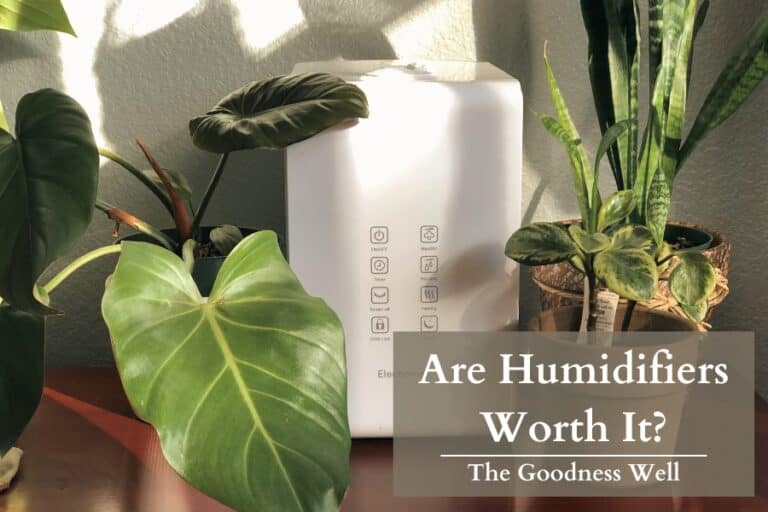19 Natural Cleaning Materials And Their Uses: The Ultimate List
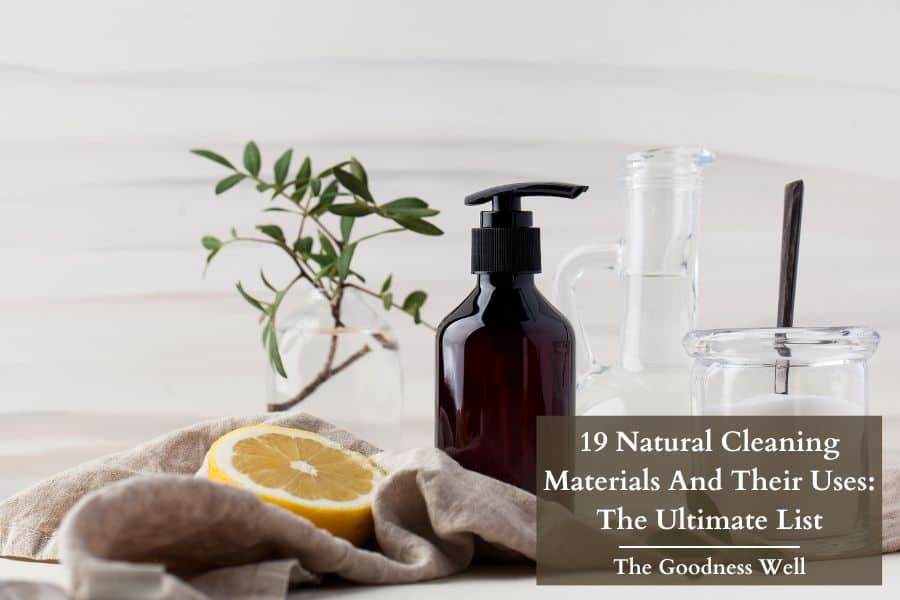
Want to make your own cleaning products to get rid of toxic conventional cleaners AND save money?
We’ve got all you need.
In this article, we’ll go over all the natural cleaning materials we use to make our cleaning recipes so you can do the same.
And don’t sweat it, it’s all pretty simple to put together.
We are reader-supported. So some links in this post may be affiliate links, which means we may earn a small commission if you make a purchase. Learn more
Homemade Cleaning Agents And Their Uses
The following is our list of all the cleaning materials you need to make your own DIY nontoxic cleaners.
While not all of them are completely non-toxic (don’t go eating the borax), they are low toxic, especially compared to conventional synthetic cleaners.
1. Distilled White Vinegar
- Why distilled white vinegar: Acidic properties kill bacteria and dissolve dirt, grease, and grime
- Surfaces to use it on: Glass, sinks, toilets, bathtubs.
- Surfaces to avoid: Natural stone (granite, marble), stainless steel, wood.
- Additional tips:
- Distilled white vinegar has a milder aroma
- Never mix with chlorine bleach – toxic chlorine gas can form.
- Where to find: Grocery store or Amazon
2. Baking Soda
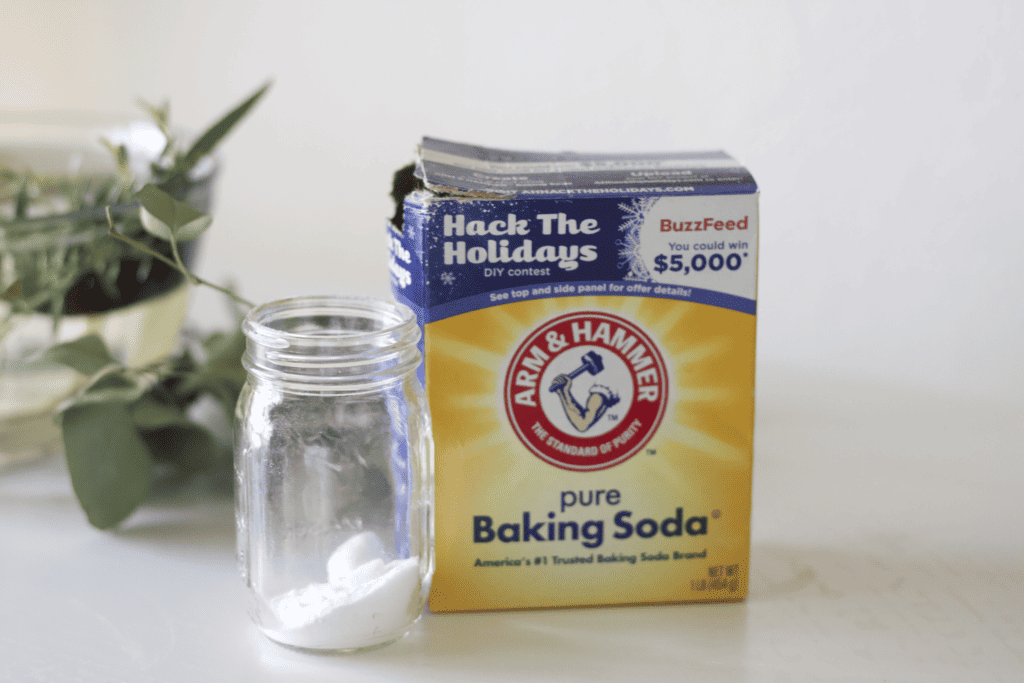
- Why Baking Soda: Abrasive alkali that can help remove stains and break down dirt and grime.
- Surfaces to use it on: Almost all, especially when combined with vinegar.
- Surfaces to avoid: Marble, gold-plated surfaces, antique silver, aluminum cookware
- Additional Tips: Combine with distilled white vinegar for tougher cleaning tasks
- Where to find: Grocery store or Amazon
3. Lemon Juice
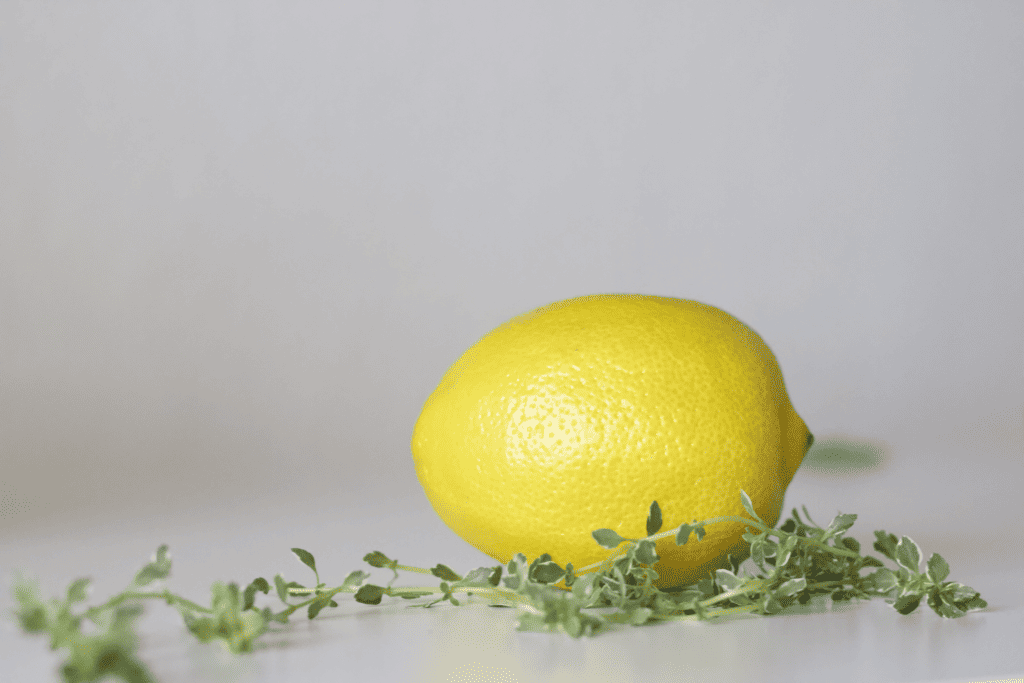
- Why Lemon: High acidity and antiseptic properties.
- Surfaces to use it on: Microwaves, ovens, cutting boards, and metals like brass and copper.
- Surfaces to avoid: Natural stone, stainless steel, hardwood floors, aluminum, delicate fabrics.
- Additional tips: Freshly squeezed is best but bottled organic works too.
- Where to find: Grocery store or Amazon
4. Borax
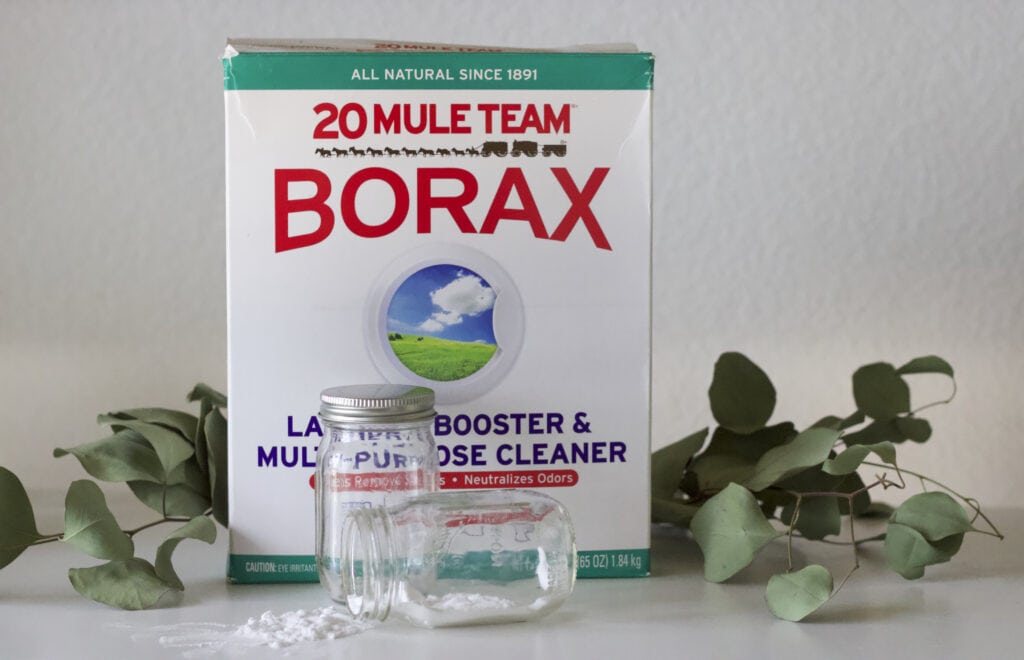
- Why Borax: Disinfects, removes stains, deodorizes.
- Best Uses: Laundry booster, Tiles & grout, carpet stains, unclogging drains.
- Keep away from: Aluminum, natural stone, certain metals, enamel/painted surfaces, delicate fabrics, glass/mirrors.
- Additional tips:
- Wear gloves when handling
- Don’t mix with bleach or ammonia.
- Where to find: Grocery store or Amazon
5. Salt
- Why Salt: Absorbent, abrasive, deodorizer.
- What to use it on: Fresh stains, ovens, silverware, copper pots, drains.
- Surfaces to avoid: Stone countertops, wood, delicate fabrics, stainless steel/non-stick pans, antique metals.
- Where to find: Probably in your kitchen cabinet!
6. Washing Soda
- Why Washing Soda: Powerful water softener that tackles stubborn grease and stains. Best for dishwasher detergent recipes.
- Where to find: Grocery stores or Amazon
7. Hydrogen Peroxide
- Why Hydrogen Peroxide: Kills Germs
- Surfaces to use it on: General household surfaces for disinfection.
- Additional tips:
- Store any recipes using hydrogen peroxide in a dark-colored bottle to prevent decomposition due to light exposure.
- Most effective when left on surfaces for at least 10 minutes
- Where to find: Local Pharmacy, dollar store, or Amazon
8. Rubbing Alcohol (isopropyl alcohol)
- Why rubbing alcohol: Disinfectant
- Surfaces to use it on: General household surfaces
- Additional tips:
- Where to find: Local Pharmacy, dollar store, or Amazon
9. Olive Oil
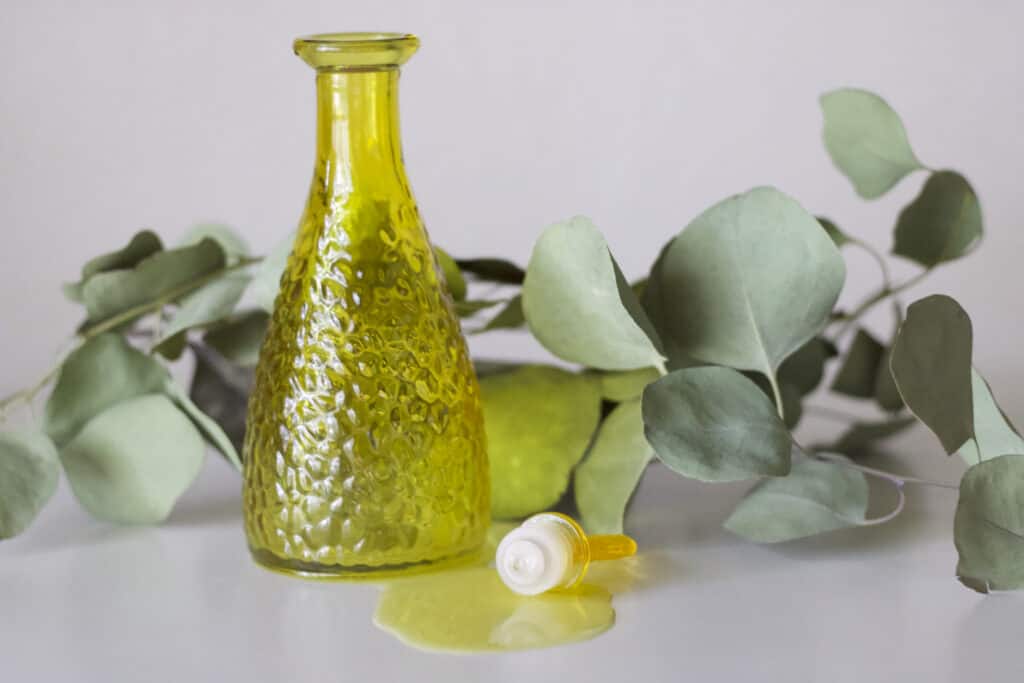
- Why olive oil: Natural wood polish
- Surfaces to use it on: Wooden surfaces for polishing.
- Surfaces to avoid: Fabrics (due to potential staining) and walkable surfaces (to avoid slips).
- Where to find: Grocery store or Amazon
10. Liquid Castile Soap
- Why Castile Soap: Biodegradable, vegetable oil-derived soap that tackles dirt and grime.
- Surfaces to use it on: Pretty much any due to its gentle yet effective cleaning properties.
- Additional tips:
- Preferred brand: Dr. Bronners- The best there is!
- Where to find: Most grocery stores or Amazon
11. Essential Oils
Overview: Essential oils enhance non-toxic cleaning recipes due to their antimicrobial properties and awesome smells. Some, like lemongrass, eucalyptus, peppermint, orange, and tea tree oil have documented antibacterial benefits.
While natural, essential oils are potent! Follow our tips below for safety.
- Usage: Always dilute to the recommended recipe amounts to ensure safety.
- Skin Contact: Avoid direct, undiluted application to the skin and ingestion.
- Pets: Use cautiously around animals; certain oils can be toxic for them.
Pet and Child Safe Options: According to Healthline, the following essential oils are generally considered safer:
- Cedarwood
- Fir
- Grapefruit
- Lavender
- Lemon
- Spearmint
- Tangerine
Where to Find: Walmart, Target, or Amazon
12. Citric Acid
- Why Citric Acid: Antibacterial that can cut through grease and mineral buildup.
- Surfaces to Use On: Best for areas with hard water or mineral deposits.
- Surfaces to Avoid: Natural stone and marble
- Additional Tips: While citric acid is a stronger substance, The International Organisation for Economic Co-operation and Development (OECD) states that it generally poses low acute toxicity.
- Where to Find: Grocery stores (try natural food stores, too) or Amazon
13. Soap Nuts
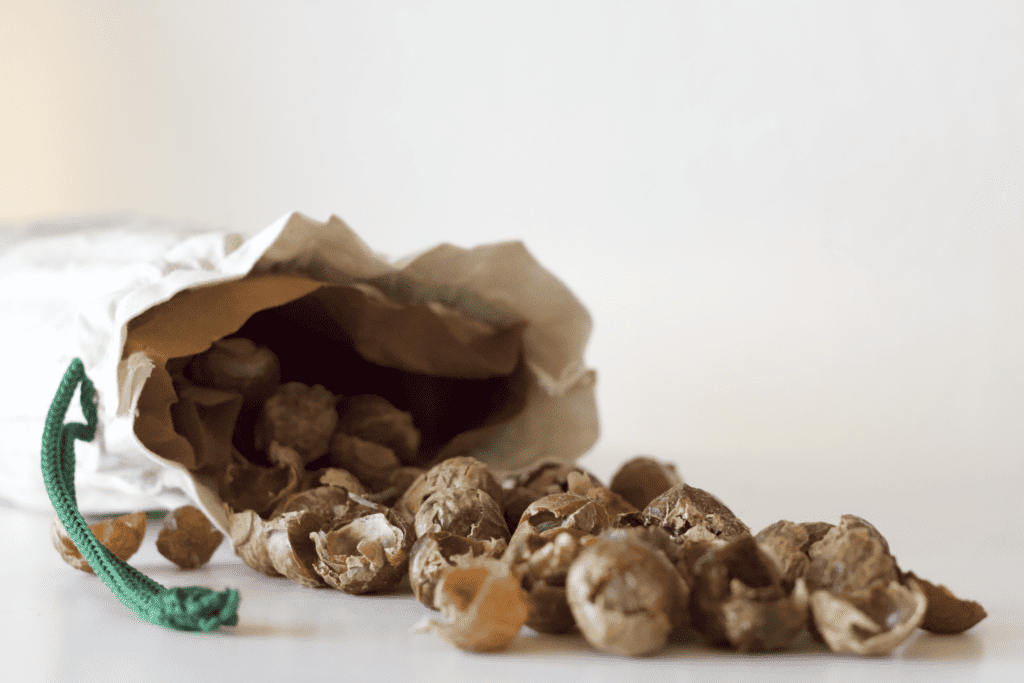
Why Soap Nuts: Contains saponin, a natural surfactant that can break down dirt and clean fabrics
Our Experience: We found that soap nuts didn’t really clean our clothes that well but many others swear by them. We prefer to buy detergent from Aspen Clean, our favorite non-toxic laundry detergent brand.
Enhanced Use: If trying soap nuts, consider using 2-3 times the recommended amount. For added fragrance, drop 10-15 drops of your favorite essential oils into the soap nut bag.
Where to find: Amazon
14. Sals Suds (Dr. Bronners)
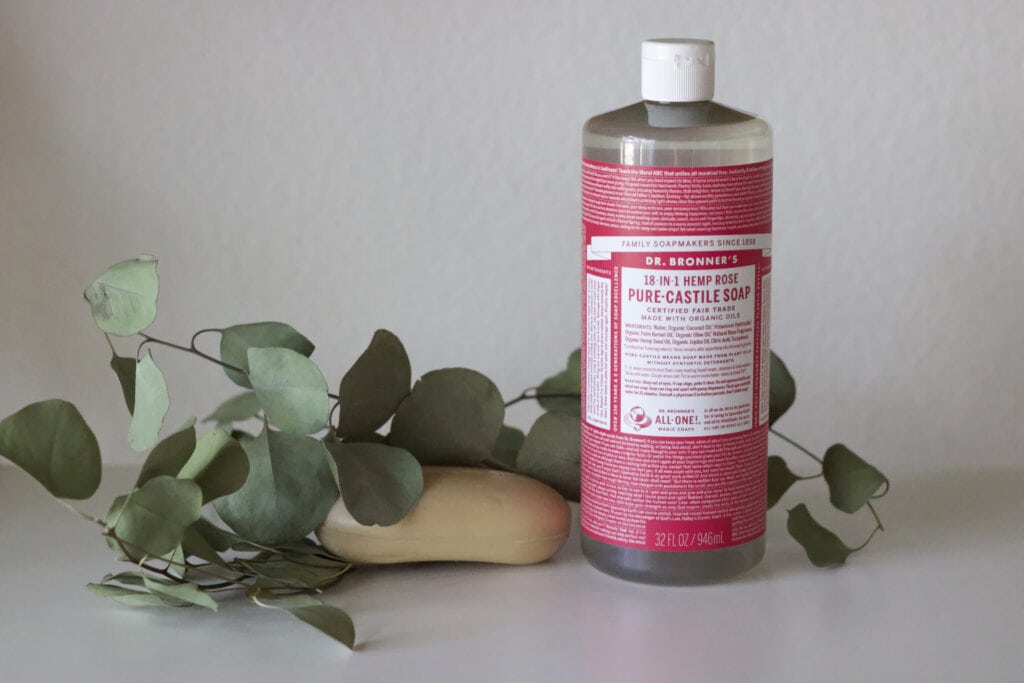
Overview: A biodegradable cleaner from Dr. Bronners that’s a staple in our cleaning arsenal.
Ingredient Note: It contains Sodium Lauryl Sulfate, which isn’t as toxic as people make it to be.
Where to find: Amazon
15. Spray Bottles
Grab a couple of good spray bottles or upcycle an old spray bottle to save money and prevent the waste and disposal of extra plastic.
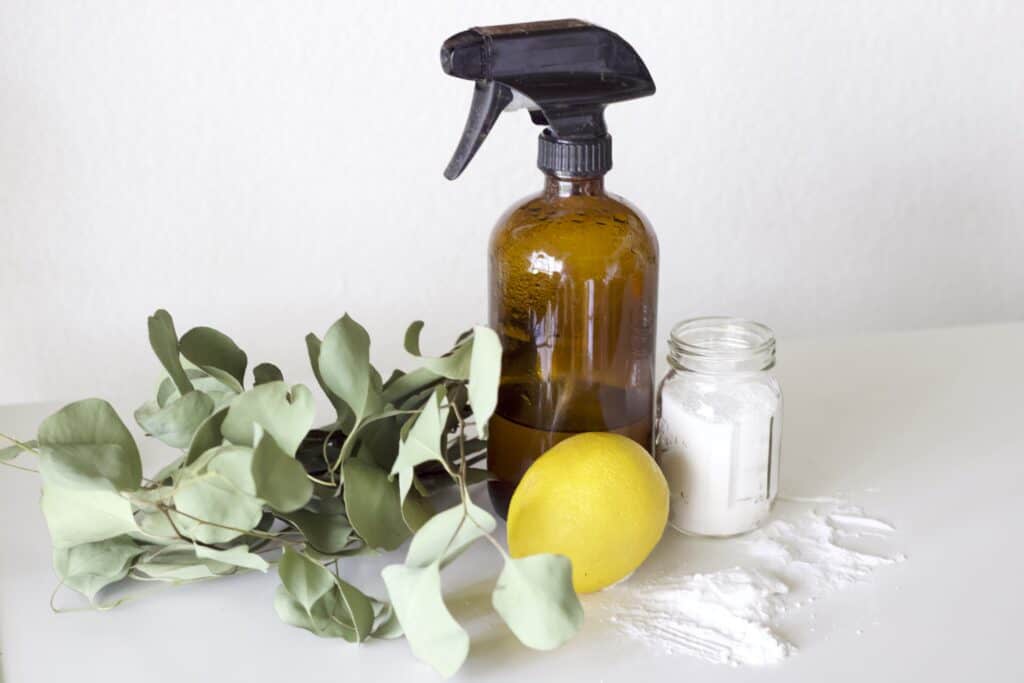
16. Glass Jars
Some recipes will require an airtight container for storage- glass jars are perfect for this. We use mason jars for pretty much everything.
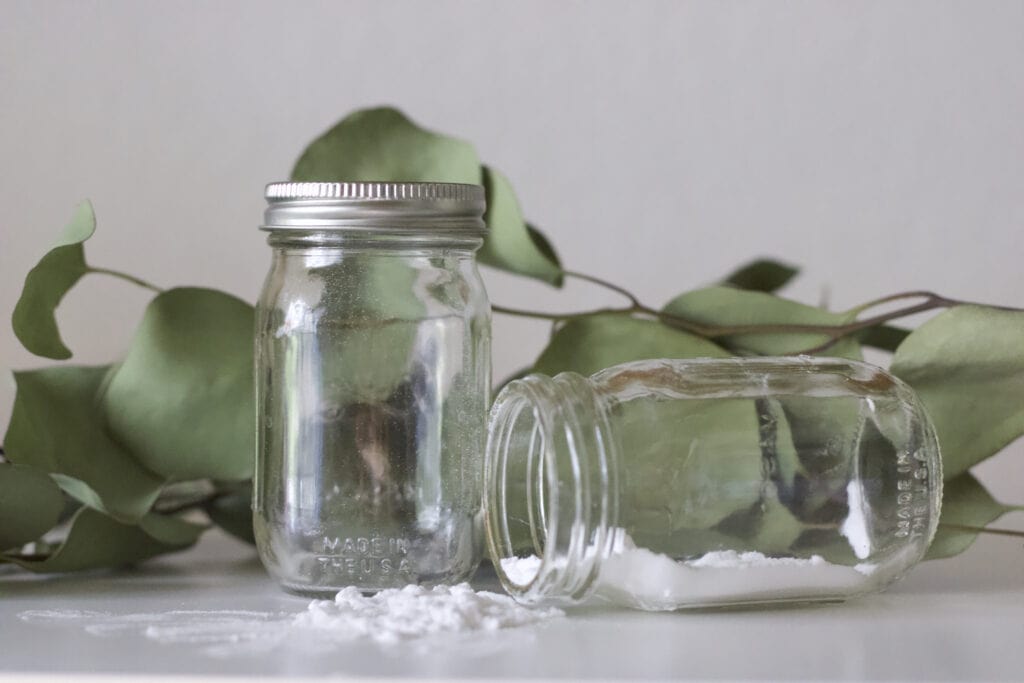
Where to find glass jars: Walmart, Target, or Amazon
17. Old towels, t-shirts, or rags
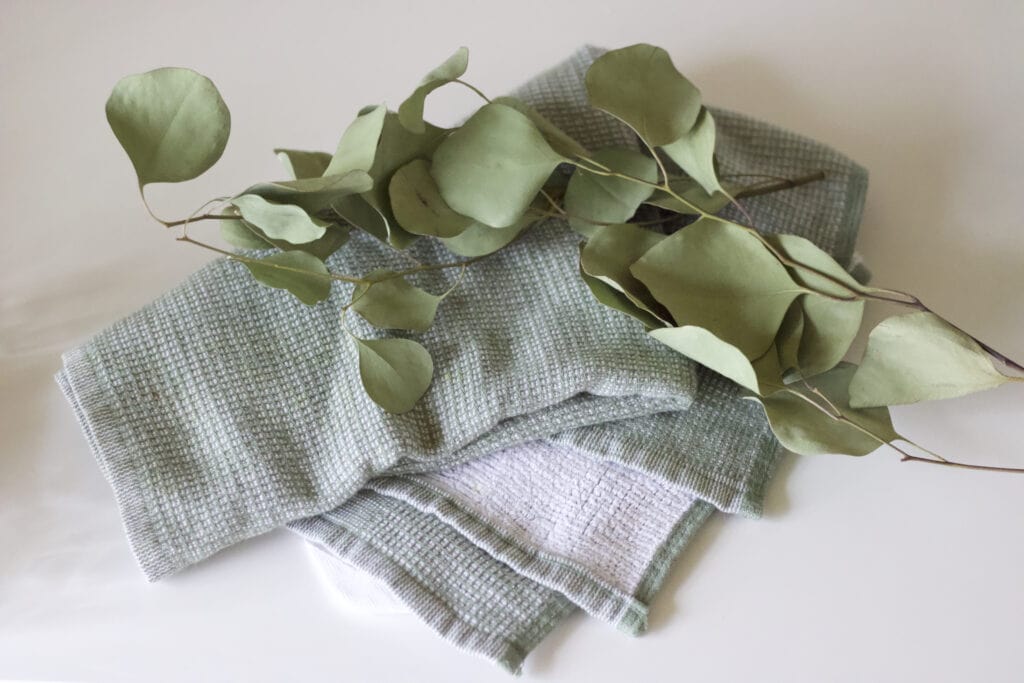
Instead of buying new items, you can be more sustainable by making your own cleaning cloths. Just cut old t-shirts, rags, or towels into the sizes you need.
You can use these for simple wipe down rags or even reusable swiffer pads!
18. Microfiber Cloth
A microfiber cloth already cleans effectively with little or no chemicals, making them an easy choice for eco-friendly cleaning. They leave surfaces streak-free without any lint!
Be sure to wash them regularly without fabric softener.
19. Sponge, scrubbing brush, or old toothbrush
Paired with a good non toxic cleaning paste, you’ll need these to do some scrubbing.
And that’s it!
You should have all the natural cleaning ingredients you need to make your own cleaners.
Check out our other article where we give you some of our best DIY recipes along with how-to instructions.
Happy Cleaning!
